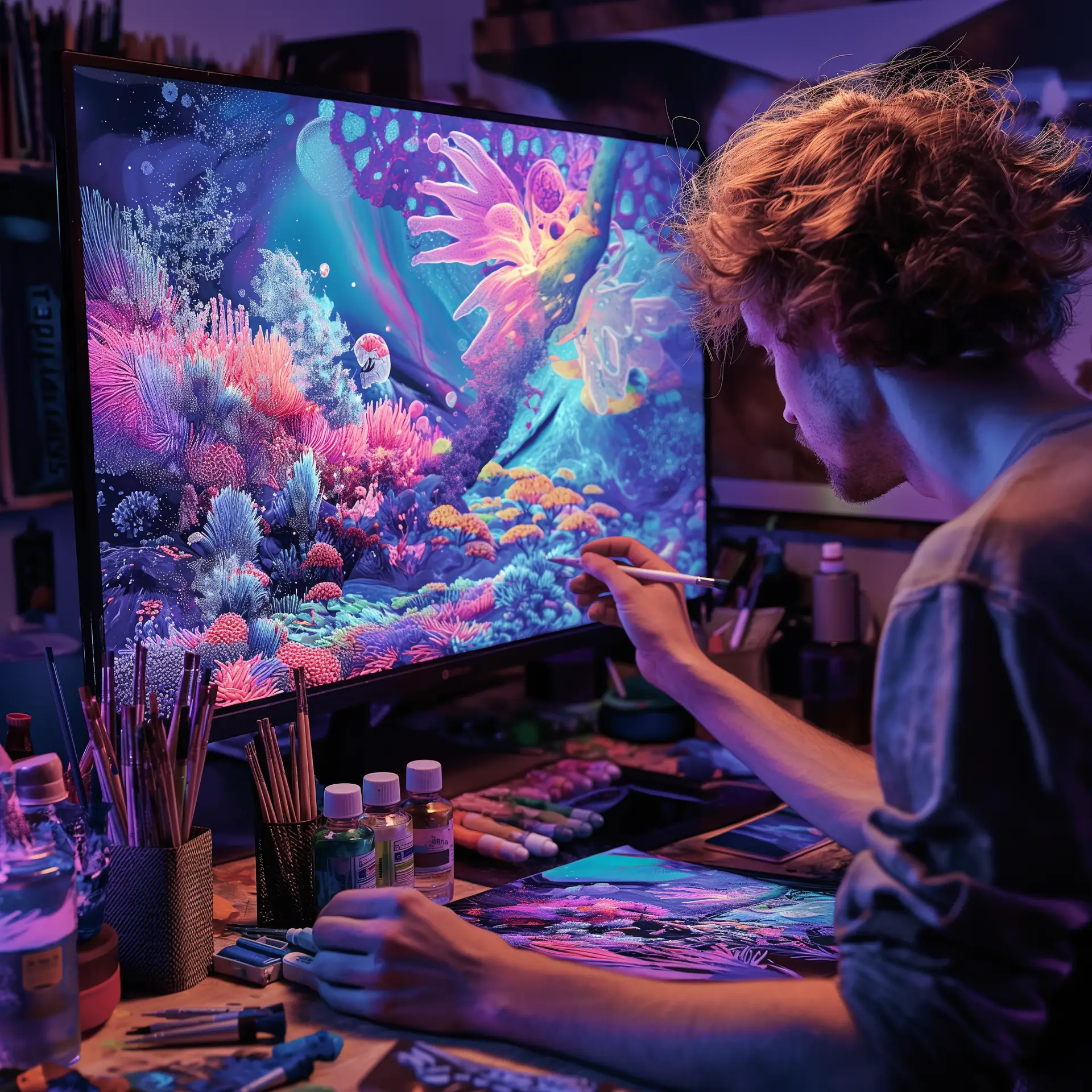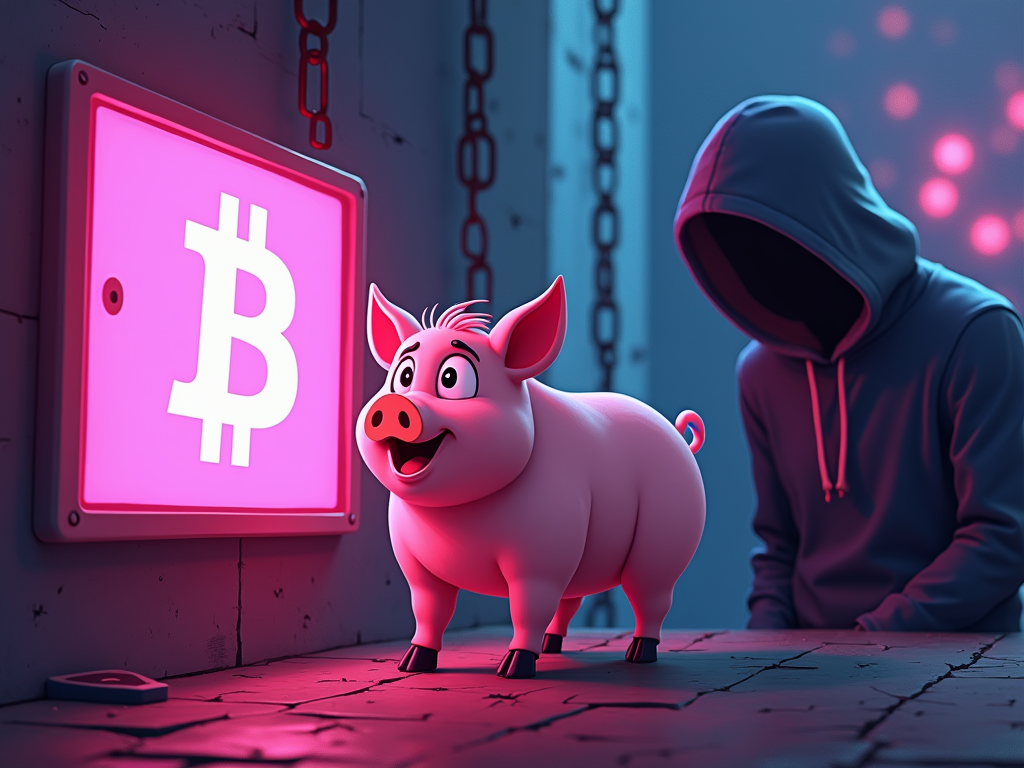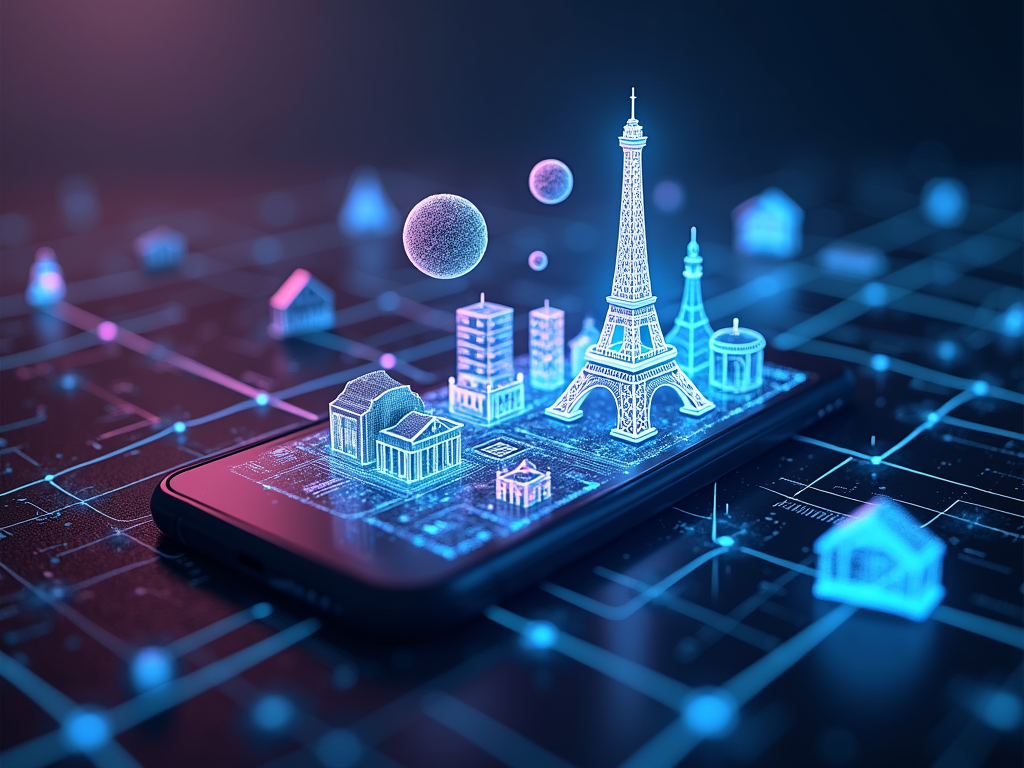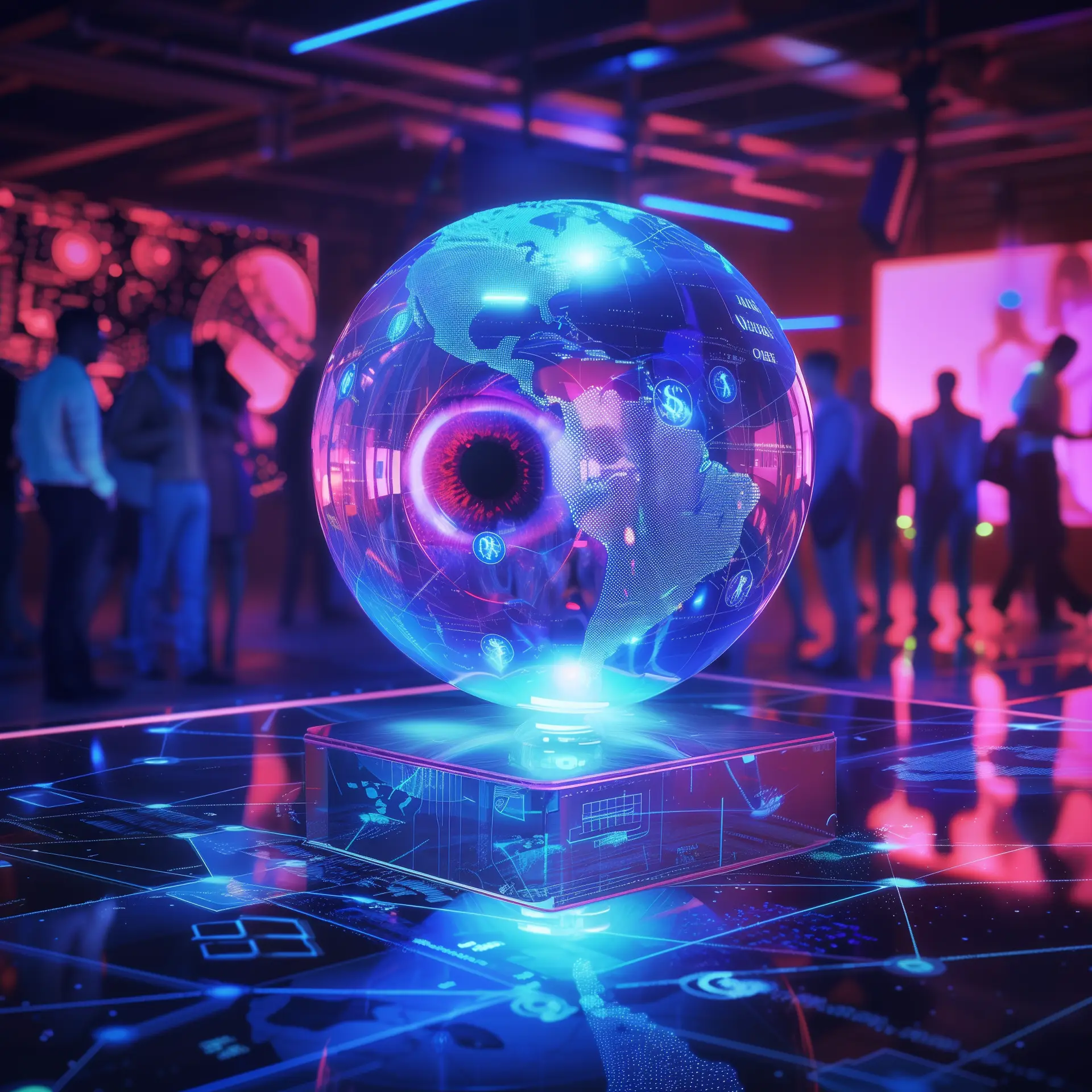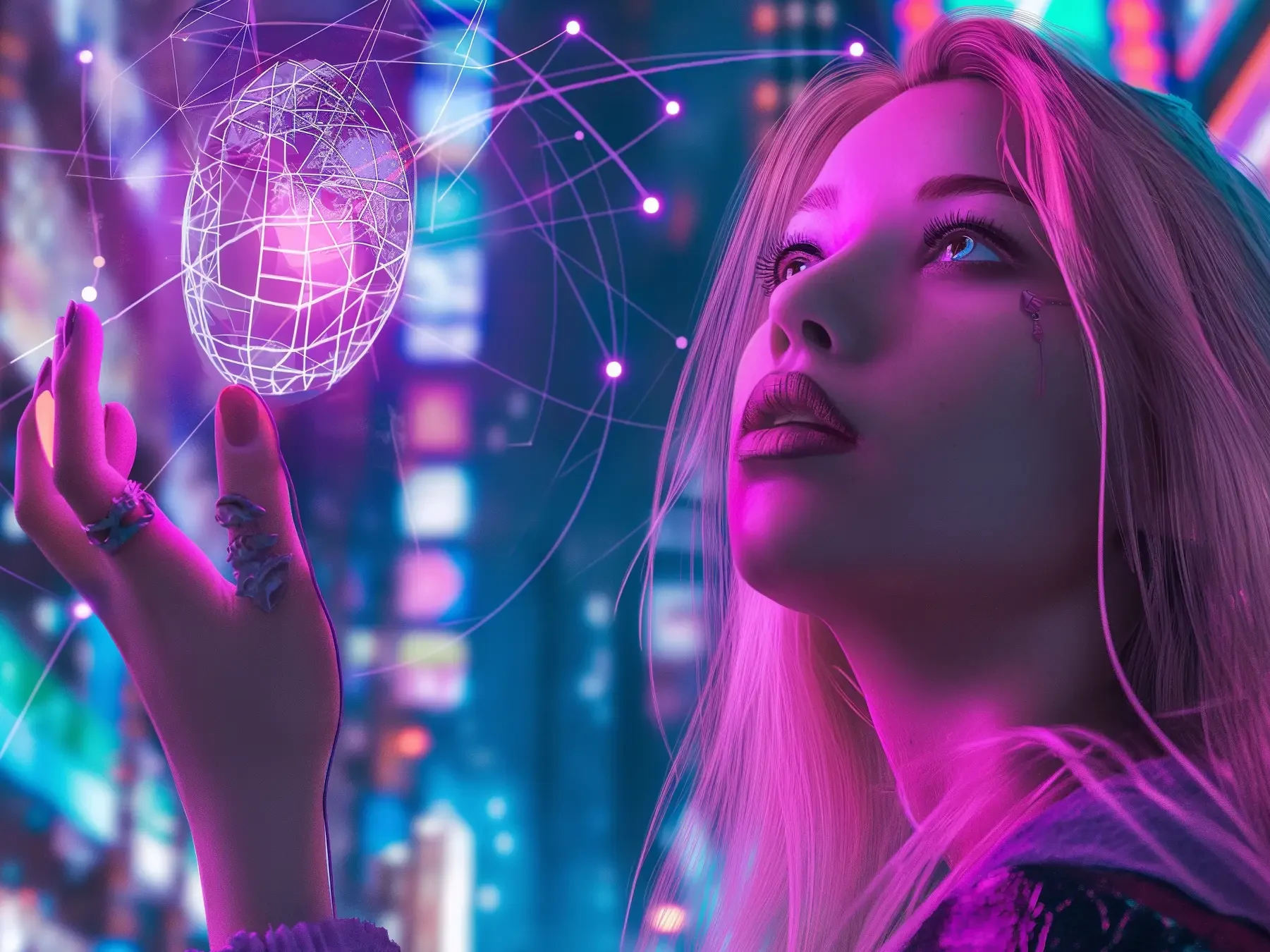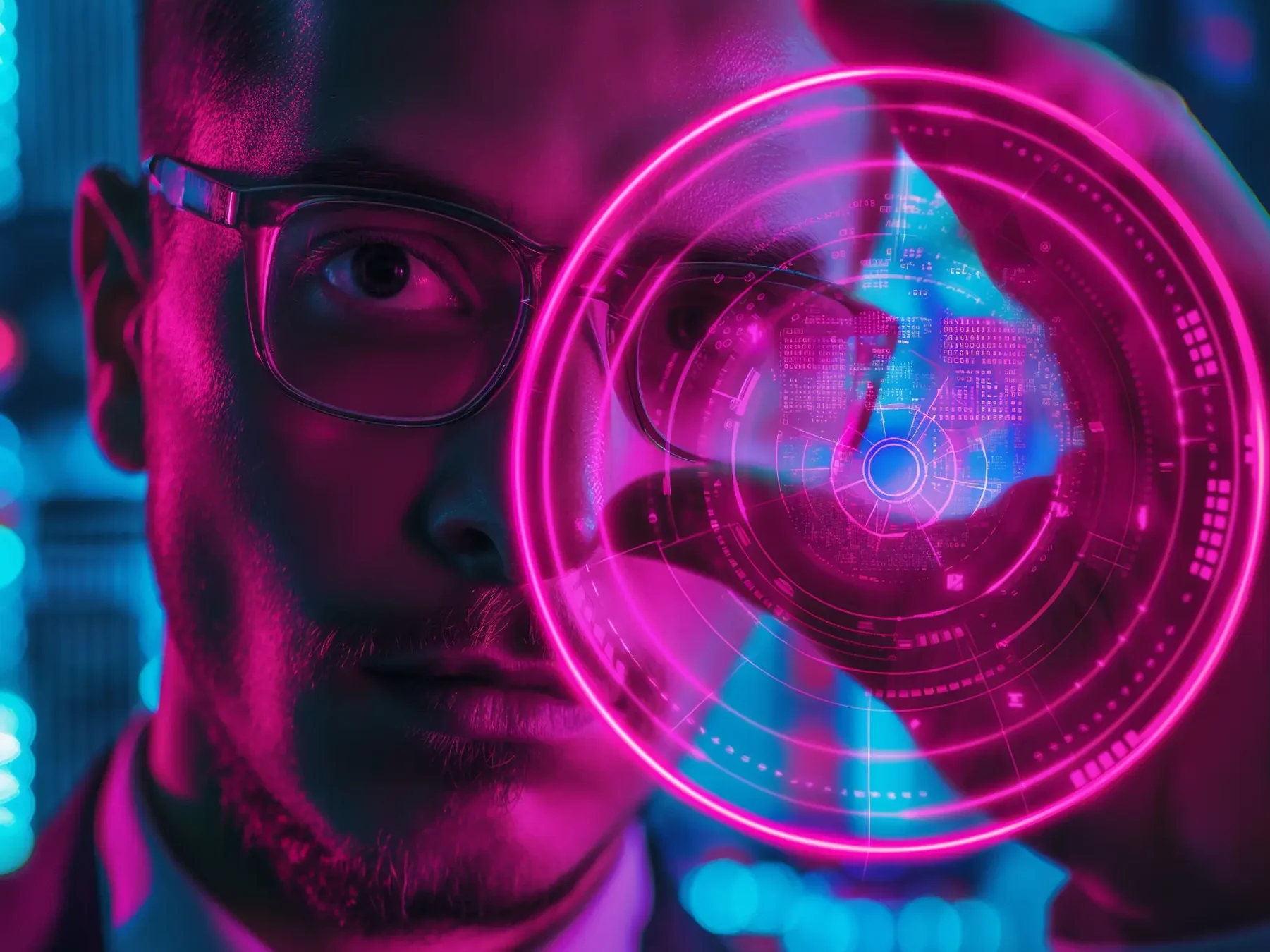The emergence of non-fungible tokens, or NFTs, has forever altered the digital landscape. These unique digital assets have captivated the imagination of creators, collectors, and investors alike, sparking a revolution in how we perceive ownership and value in the virtual realm. From multi-million dollar art sales to virtual real estate and beyond, NFTs have transcended their initial niche to become a transformative force across multiple industries.
At their core, NFTs are distinct digital assets verified using blockchain technology. Unlike cryptocurrencies such as Bitcoin or Ethereum, which are fungible and can be exchanged like-for-like, each NFT is unique and cannot be replicated or substituted. This uniqueness is the key to their value and appeal, allowing for the creation of verifiable digital scarcity and ownership.
When you purchase an NFT, you buy a token representing ownership of a specific digital asset. This ownership is recorded on a blockchain, typically Ethereum, ensuring transparency and immutability of the transaction. The technology behind NFTs has opened up new possibilities for creators and collectors alike, fundamentally changing how we interact with digital content.
The Art of Digital Ownership
The NFT revolution began in earnest with the explosion of digital art sales. Artists found a new way to monetize their digital creations, while collectors discovered a method to own and trade unique digital pieces with provable authenticity. This shift has democratized the art world, allowing emerging artists to bypass traditional gatekeepers and find their audience directly.
Perhaps no single event catapulted NFTs into the mainstream consciousness more than the sale of Mike Winkelmann’s (known as Beeple) “Everyday: The First 5000 Days.” This digital collage sold for a staggering $69 million at Christie’s auction house in March 2021, setting records and legitimizing NFTs in the traditional art world. The sale demonstrated the immense potential value of digital art and sparked a gold rush of creators and collectors into the NFT space.
For artists, NFTs offer a new model of monetization. By minting their work as NFTs, they can sell directly to collectors and earn royalties on future sales. This has created a more equitable art market, where digital artists can finally receive recognition and compensation comparable to their traditional counterparts. Collectors, in turn, are drawn to the allure of owning original digital pieces with clear provenance, as the blockchain record provides an immutable history of ownership, adding a layer of authenticity that was previously difficult to achieve with digital assets.
Beyond Pixels: NFTs in Gaming and Entertainment
While digital art remains a significant part of the NFT ecosystem, the technology’s potential extends far beyond static images. The gaming industry, in particular, has embraced NFTs to create truly ownable in-game assets. Players can now purchase, trade, and earn NFTs representing characters, weapons, or virtual land, fundamentally changing the relationship between gamers and their digital possessions.
Games like Axie Infinity and Decentraland have pioneered the play-to-earn model, where players can earn cryptocurrency and NFTs through gameplay. This new paradigm blurs the lines between gaming and economic activity, creating virtual economies that have real-world impact. Virtual real estate in metaverse platforms is another burgeoning area for NFTs, with plots of land in virtual worlds like The Sandbox and Cryptovoxels selling for millions of dollars. These virtual spaces can be developed, rented out, or used for events, mirroring real-world property dynamics in a digital context.
The entertainment industry at large is also finding innovative uses for NFTs. Musicians and other entertainers are leveraging the technology to create new revenue streams and engage with fans in novel ways. Artists can release limited edition albums, exclusive content, or even rights to royalties as NFTs. This direct-to-fan model allows creators to bypass traditional intermediaries and forge stronger connections with their audience. For example, Kings of Leon became the first band to release an album as an NFT, offering special editions that included exclusive audiovisual art. At the same time, DJ 3LAU sold a collection of 33 NFTs for $11.7 million, showcasing the potential for musicians to monetize their work in unprecedented ways.
Tokenizing the Physical World
One of the most promising and potentially transformative applications of NFTs lies in the tokenization of real-world assets. This process involves creating digital representations of physical assets on the blockchain, revolutionizing how we handle ownership and transfer of valuable items across various industries.
The luxury goods sector, for instance, is exploring NFTs as a means of authentication and proof of ownership. Brands can issue NFTs alongside physical products, creating a digital certificate of authenticity that’s impossible to counterfeit. Thishelps combat fraud and opens up new possibilities for resale and transfer of luxury items. Imagine purchasing a high-end watch and receiving an NFT that serves as both a digital twin and a certificate of authenticity, easily verifiable and transferable.
Real estate is another industry poised for disruption by NFTs. By tokenizing property deeds as NFTs, buying, selling, and transferring property could become more efficient and transparent. This could be particularly impactful in regions with complex or unreliable property registration systems. NFTs could streamline processes, reduce fraud, and even enable fractional ownership of properties, democratizing access to real estate investment.
Challenges and the Road Ahead
As with any emerging technology, the rise of NFTs has its challenges. Environmental concerns related to the energy consumption of blockchain networks have been raised, particularly regarding the Ethereum network on which many NFTs are minted. The industry is responding with more energy-efficient blockchain solutions, and carbon offset initiatives, but addressing the environmental impact remains a crucial challenge.
Market volatility and speculation also pose significant risks. The NFT market has seen periods of intense speculation, leading to concerns about a potential bubble. Prices for some NFTs have reached astronomical levels, raising questions about long-term sustainability and value. Additionally, the ease of minting NFTs has led to copyright infringement, with unauthorized copies of artworks being sold as NFTs. Addressing these legal and ethical issues remains an ongoing challenge for the industry.
Despite these hurdles, the future of NFTs looks promising and multifaceted. As the technology matures and finds new applications, we can expect to see NFTs integrated with other emerging technologies like augmented reality (AR) and virtual reality (VR), creating immersive experiences around digital ownership. The legal and regulatory landscape will likely evolve to provide more clarity and protection for creators and collectors alike.
NFTs represent a paradigm shift in conceptualizing ownership and value in the digital age. From their origins in digital art to their expanding applications across multiple industries, NFTs are reshaping our interaction with digital and physical assets. As we move further into this new frontier, it’s clear that NFTs are more than just a passing trend. They are a fundamental technology that could underpin the next evolution of the internet and our digital lives, offering exciting possibilities and challenges worth exploring for artists, collectors, investors, and innovators across the globe.
